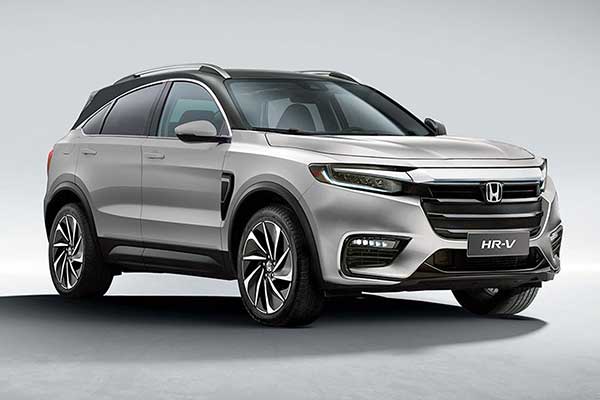The new Toyota C-HR crossover has a quirky personality and wacky looks to go with an unconventional name. The new C-HR is a good value with its low starting price, and it’s fun to drive as it corners well. It’s better for young people and family, as the rear seat is cramped and the cargo space modest for a cross over. The new C-HR in terms of size is sort of similar to a Skoda Kamek or a Peugeot 2008, but in terms of pricing, it’s more like their bigger brothers the Karach and the Peugeot 3008.
The car is a plush ride with taut steering and leisurely performance. Its 2.0 litre inline -4 engine makes 144 horsepower mated to a continuously variable automatic transmission (CVT). The car is only front-wheel drive and there is no all-wheel-drive present.
It is well equipped for safety, with standard automatic emergency braking, active lane control. And the blind-spot monitors come with an option. Also new for 2020 are standard LED headlights and Android Auto compatibility, which joins Apple CarPlay on the 8.0- inch touchscreen. A gentle nip and tuck year refines the 2020 Toyota C-HR, taking off some of last year’s sharper angles. LED headlights to simplify the front end, but it still stands out from the rest of the small crossovers in the market place parking lot. One can choose the colour of the roof, it can be black or silver finish or they can let the colour of the car match the roof. New 17 ad 18-inch wheel designs complement the contrast.
Inside the vehicle, the controls are mounted high on the instrument panel, while the touchscreen juts out of a fairly low dashboard. The fabrics and materials are restrained. The standard cloth upholstery and available leather trim have a nice feel. Soft-touch plastics are in short supply, but that’s to be expected given the price.
The front seats are low for a crossover and don’t provide a lot of support but they do offer a wide range of manual adjustment. Only the Limited gets a power driver’s seat. Even with the low seats, the view out the windshield is good, thanks to the low dash.
There are only 32 inches of legroom in the rear, so there’s no relief after the passengers squeeze through oddly shaped rear door openings. The style seems to be the priority. The infotainment system is okay, but owners might just connect their phones and let Apple or Google take over.
A wheelbase of 104 inches doesn’t leave a lot of room for cargo. Behind the second row, the C-HR offers a modest 19 cubic feet, which is still more than a hatchback with that wheelbase. With the seat folded, the number remains modest at 36.4 cubic feet.
The low front seats are felt when looking out the rear glass, where thick rear roof pillars also obstruct the view. We recommend the optional blind-spot monitors, although that won’t solve the problem of the driver looking over his or her shoulder.
With just 144 horsepower to carry 3,300 pounds, the C-HR’s is just average when it comes to acceleration. A 2.0-litre inline-4 transmits its modest power to the front wheels through an economy-minded continuously variable automatic transmission (CVT). However a Sport mode enables the CVT to feel like an automatic with artificial gear changes, and that helps.
The suspension is fairly sophisticated for the car’s price, and the result is an almost-luxurious ride. Front struts and a dual-wishbone independent rear suspension are rarely seen on inexpensive hatchback-crossovers, and they pay off here.
The steering is hefty and taut, without transmitting much from the front wheels. On a curvy road, the C-HR feels confident if not exactly sporty. More support in the front seats would help.
Don’t plan to take the C-HR very far off-road. Its ground clearance is a low and all-wheel drive not available anyhow. If hiking and camping are on your agenda, this funky crossover isn’t your car.
With the 2020 Toyota C-HR, drivers get style, a super ride, decent cornering, safety, and a very affordable price. The compact car could use a little more space and a little better fuel economy-but in terms of curb appeal, it’s far beyond business as usual.





